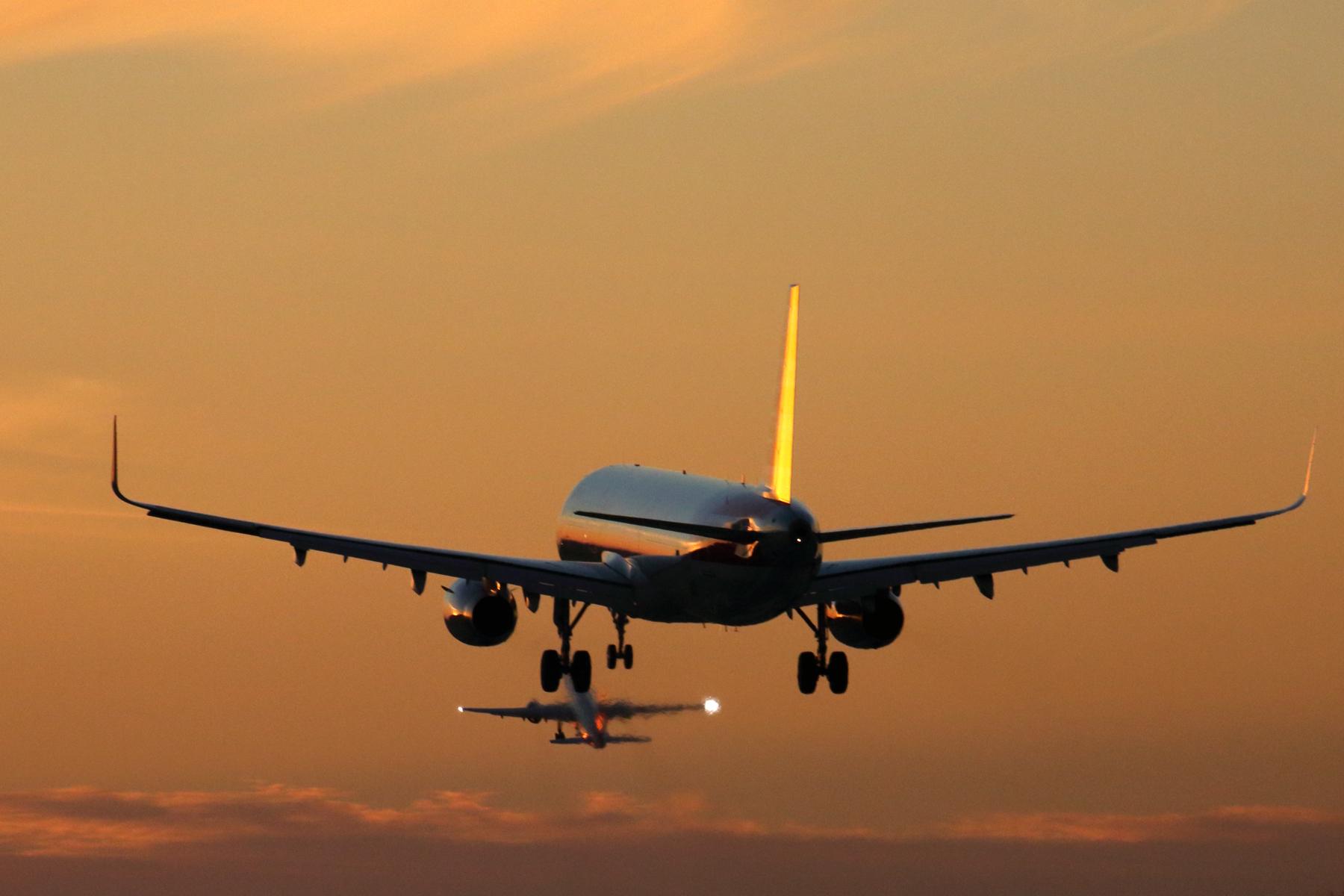
Fares for domestic U.S. air travel hit their lowest level since April in July, caused by a resurgence in COVID-19 that plateaued demand at around 25-30% of 2019’s level, a report from Bloomberg Intelligence shows.
Domestic leisure fares fell 35% in July from a year ago, on par with April’s lows and a setback from being down 26% year-over-year in June, according to the analysis of Airline Reporting Company (ARC) data by Bloomberg Intelligence analysts George Ferguson and Francois Duflot.
International fares were down less than domestic in July, owing to lower capacity and less competition on long-haul routes. Trips to Europe were just 6% cheaper in July from a year ago, while travel to Asia was 26% more expensive.
U.S. carriers lowered their domestic fares in July after scheduling more capacity than needed in June, spurred by competition to capture the small but growing pockets of leisure demand that helped produce nearly 10 consecutive weeks of climbing passenger numbers during the 2020 second quarter. Fares could see a slight boost in August, the analysts predicted, citing a recent uptick in total transactions during the week ended Aug. 16.
“Supported by CARES Act funds through [the 2020 third quarter], airlines can lower fares to pump up leisure demand and partially offset the effects of a resurgence of COVID-19 cases,” Ferguson and Duflot wrote.
Airlines have reported weak forward bookings for the post-Labor Day period, leading them to repeatedly trim their third quarter (Q3) schedules in recent weeks from earlier plans. American Airlines, for example, now plans to fly less than half its original fourth-quarter schedule, with long-haul international capacity reduced to just 25% of 2019 levels. Southwest also recently cut its estimated Q3 capacity to a range of down 30-35% from 2019, compared to previous estimates of a 20-30% decrease.
“It has become increasingly clear there is a ceiling to the demand recovery until there is either a successful treatment, a vaccine in place or acceptance of COVID-19 as a new reality,” Cowen analyst Helane Becker wrote in a recent client note.
U.S. passenger throughput tracked by the U.S. Transportation Security Administration (TSA) has been mostly stagnant in recent weeks. However, on Sunday Aug. 16 more than 865,000 people were processed by TSA—the most in a single day since the pandemic reached North America in mid-March. Less encouraging was Tuesday, Aug. 25, on which only around 523,000 people took to the skies, making it the weakest day since June 30.





